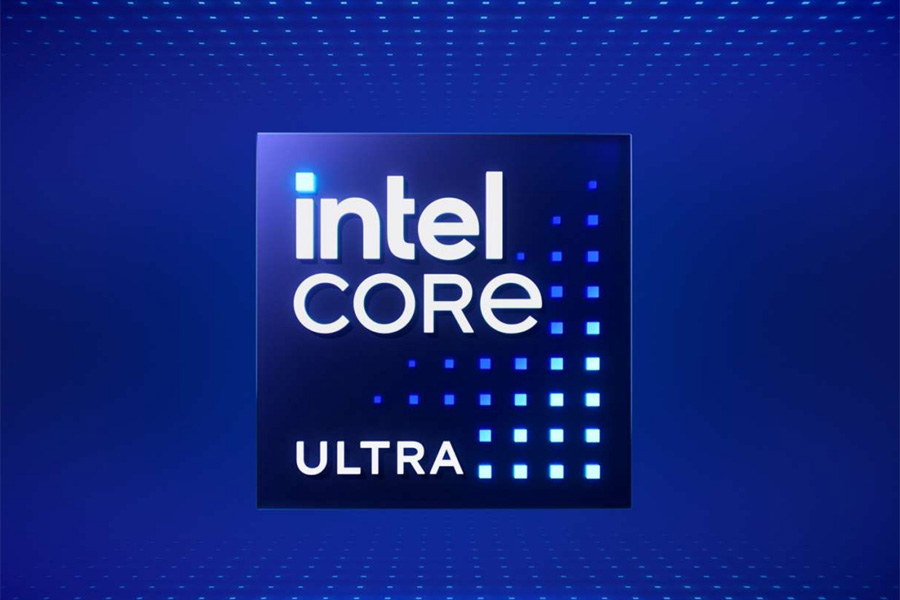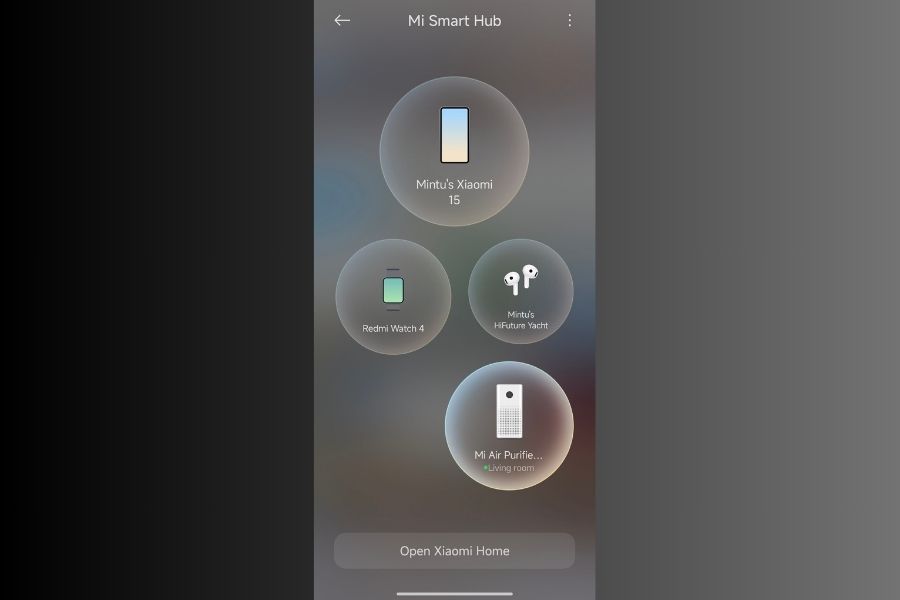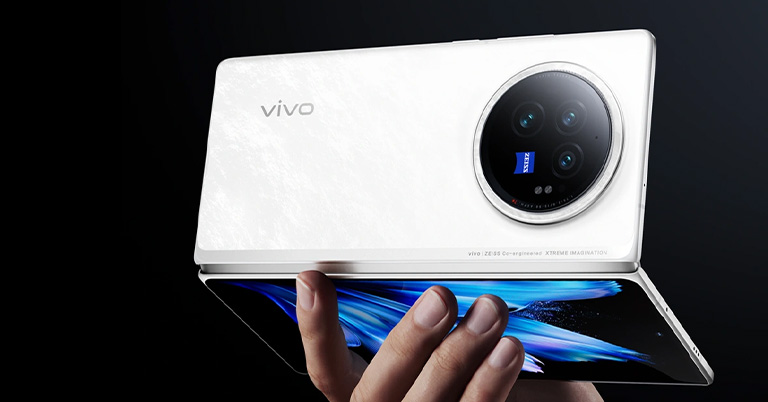Asus unveiled a pretty sweet offering in China a few months ago: a brand new 16-inch gaming laptop with a powerful Ryzen AI processor and NVIDIA RTX graphics that too under 2 kg. Now that this AMD-based Zephryus is finally available in Nepal let’s take a quick peek at the Asus ROG Zephyrus 16 2024 Air (AMD), its features and specs, and expected price in Nepal and availability.
Asus ROG Zephyrus 16 2024 (AMD) Overview
New Ryzen AI chipsets
The Zephyrus 16 Air ships with the latest Ryzen Strix Point processor based on Zen 5 architecture. The Ryzen AI 9 HX 370 CPU has 12 cores, and 24 threads with a boost clock frequency of up to 5.1 GHz. Furthermore, the onboard Neural Processing Unit (NPU) is vastly superior to the previous generation and can now push up to 50 TOPS of horsepower. But since the Ryzen chip is paired with a much more powerful NVIDIA GPU, the NPU is likely not going to be the deciding factor for most buyers.

Talking of the GPU, the Zephyrus 16 Air (2024) can be configured with either an RTX 4060 or an RTX 4070 card with 100W and 105W TGP respectively. Similarly, there’s 32GB of pretty fast LPDDR5X-7500 RAM and a 1TB PCIE Gen 4 SSD. Although the RAM is soldered, you get an additional M.2 slot for further storage expansion.
- There’s also an Intel variant that’s a bit thicker and sports more powerful components:
Design and Display
The ROG Zephyrus 16 Air is a portable gaming laptop with a clean-looking design and robust build. Its chassis is all aluminum and you get to choose from Platinum White and Erosion Grey color options. Despite being a 16-inch gaming laptop, the Air measures below 15mmonly weighs 1.85 kg making it a suitable choice for on-the-go gaming.

Display-wise, you get the ROG OLED Nebula display with crisp 2.5k resolution, super fast 240Hz refresh rate, and full DCI-P3 coverage. It is also plenty bright at 500 nits of typical brightness and ideal for gaming because of its 0.2ms quick response time. Furthermore, creative endeavors like video editing or color correction will benefit from its color accuracy (ΔE<1) and Pantone certification. Finally, there’s also Dolby Vision for HDR content, and NVIDIA G-Sync for variable refresh rate.
Battery and Connectivity
Powering the Asus ROG Zephyrus 16 Air (2024) is a large 90Wh battery. In terms of connectivity, there’s a USB 4 Type-C port, a USB 3 Type-C port, two USB-A ports, an HDMI, an audio jack, and an SD card reader alongside WiFi 7.
- Also Read:
Lastly, taking a look at the keyboard and trackpad, you get an RGB membrane board with 1.7mm of key travel while the glass touchpad is large in size and very responsive (240Hz touch sampling rate). The FHD camera supports Windows Hello while the 6-speaker system is complemented by a 3d microphone setup with Ai noise reduction and Aura Light Sync.
Asus ROG Zephyrus 16 Air (2024) Specifications:
- Color Options: Eroision Gray, Platinum White
- Display: 16″ OLED panel, 240Hz refresh rate, G-Sync, Dolby Vision, Advanced Optimus
- Resolution: 2.5k resolution, 16:10 aspect ratio
- Keyboard: Backlit Chiclet Keyboard RGB, 1.7mm travel
- Processor: AMD Ryzen AI 9 HX 370
- Graphics: up to NVIDIA GeForce RTX 4070 (105W)
- RAM: 32GB LPDDR5x (7500)
- Storage: up to 1TB M.2 NVMe PCIe 4.0 SSD
- Audio: 6-speaker with Smart Amp technology
- Webcam: 1080P FHD IR Camera for Windows Hello
- Battery: 90 Watt-hours battery
- Power Supply: 280W AC Adapter
- Connectivity: Dual-band WiFi 7 (802.11be), Bluetooth 5.3
- I/O Ports: 2x USB 3.2 Gen 1 Type-A, 1x USB 3.2 Gen 2 Type-C (w/ DisplayPort, Power Delivery), 1x USB 4, 1x HDMI 2.1, 1x 3.5mm Combo Audio Jack
Asus ROG Zephyrus 16 2024 (AMD) Price in Nepal
The Zephyrus 16 Air is now up for sale in China with a starting price of CNY 15,999. When it makes it here, we expect the Asus ROG Zephyrus 16 Air (2024) price in Nepal to be around NPR 333,333.
Asus ROG Zephyrus 16 Air
Price in Nepal (Official)
Availability
Ryzen AI 9 HX 370, RTX 4060, 16GB RAM, 1TB SSD, 2.5K IPS 240Hz
NPR 339,999
Hukut
- Meanwhile, check our video on the Asus Strix G16 (2024):




























